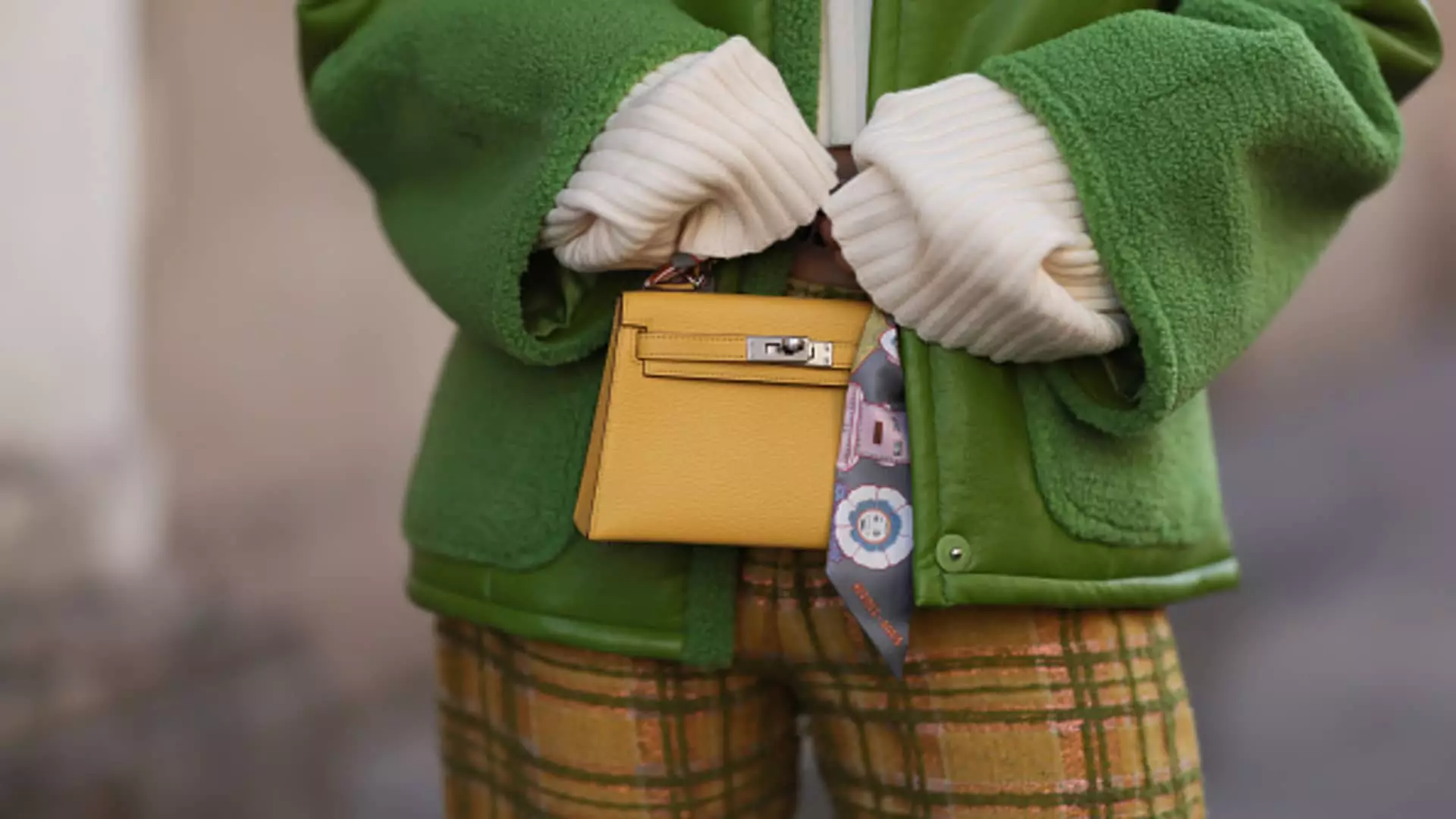Quiet luxury has emerged as a prominent trend in the fashion industry, transcending its viral status on social media platforms like TikTok and Instagram. Unlike other short-lived fads, quiet luxury has made its way into investor portfolios and has proven to deliver actual returns. This trend revolves around understated, subtle displays of opulence, moving away from the loud and flashy displays of wealth that were once prevalent. With shows like HBO’s “Succession” further popularizing this concept, it has gained traction both in the fashion world and the investment community.
Luxury stocks have long been regarded as an effective hedge against inflation. The high pricing of luxury products seldom deters their affluent customer base, resulting in higher profit margins compared to other consumer discretionary products. The fundamentals of the luxury segment have remained relatively stable for decades, making it an attractive option for investors. As the quiet luxury movement gains momentum, investors are keen on identifying companies that embody the essence of this trend and align with their investment objectives.
The Outperformance of Quiet Luxury
Data from Southeast Asia’s largest lender, DBS Bank, reveals that companies embodying the quiet luxury movement have outperformed their “loud” counterparts in 2023. Top performers in this space include renowned brands such as Hermes, Prada-owned Miu Miu, Brunello Cucinelli, Compagnie Financière Richemont, and Swatch Group. Consumers’ growing preference for subtlety in luxury consumption has amplified the appeal of companies that focus on understated elegance and timeless quality. This sustained shift in the industry’s dynamics is expected to uphold the bifurcation in performance between quiet luxury companies and their louder counterparts.
DBS Bank classifies companies as “quiet luxury” if they exhibit understated elegance, prioritize high quality, maintain exclusivity, and embody a sense of scarcity. Some of the bank’s top picks fitting these criteria include Hermes, Moncler, LVMH Moët Hennessy Louis Vuitton, Richemont, Swatch, Brunello Cucinelli, and Ermenegildo Zegna. Unlike viral trends, investors approach the selection of quiet luxury companies with a long-term view, recognizing the endurance and heritage of these established houses.
The demand for luxury goods in the Asia-Pacific region is undergoing a shift due to China’s uneven post-pandemic recovery and lackluster domestic demand. While Chinese consumers’ appetite for luxury goods remains significant, luxury brands are expanding their reach to cater to other promising markets in Asia. Mature markets like South Korea and Japan are experiencing a surge in demand for luxury goods. Additionally, India presents significant potential as its population’s wealth continues to grow. A Goldman Sachs report predicts that around 100 million people in India will become “affluent” by 2027, signifying a substantial market opportunity for luxury brands.
The Impact on Luxury Stock Rankings
The rise of quiet luxury has resulted in a reshuffling of luxury stock rankings, affecting brands that are perceived as “loud.” Kering-owned Gucci and Burberry have experienced a decline in their global rankings, while brands embracing quiet luxury have gained prominence. Bank of America Securities research highlights the importance of fashion content and newness in engaging customers and driving traffic. Consequently, companies that align with the quiet luxury trend, such as LVMH and Hermes, are better positioned in the current market compared to Gucci-owner Kering and Burberry.
The quiet luxury trend has transcended its viral status and permeated the realms of fashion and investing. Investors are flocking towards companies that embody understated elegance, timeless quality, and exclusivity. With a long-term view in mind, these companies have demonstrated their ability to outperform their louder counterparts. As the demand for luxury goods shifts across the Asia-Pacific region, the growth potential of markets like South Korea, Japan, and India presents new opportunities for brands to expand their reach. The reshuffling of luxury stock rankings bears testament to the significant impact of the quiet luxury movement.

Leave a Reply